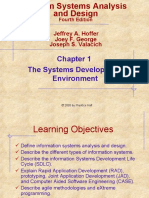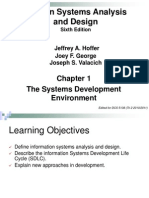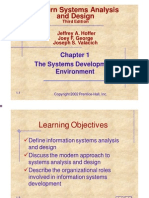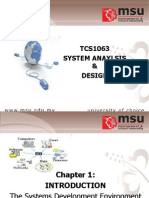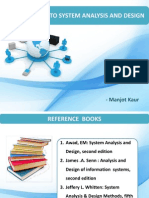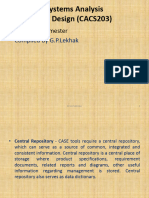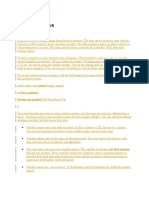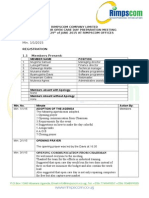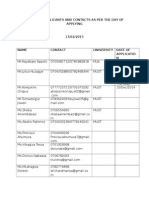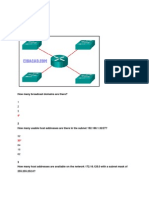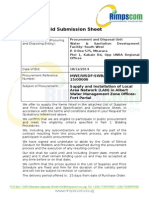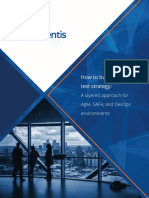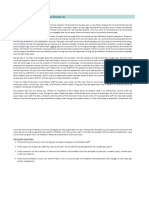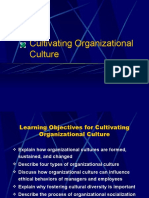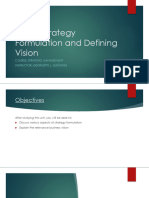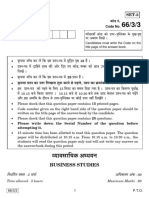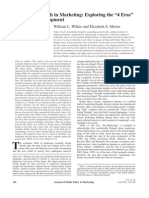0% found this document useful (0 votes)
264 views6 pagesThe Systems Development Environment
The document outlines a course on information systems development. It covers topics like the systems development environment, the SDLC phases of planning, analysis, design, implementation and maintenance, as well as alternatives to the traditional waterfall approach like prototyping, RAD, and agile methodologies.
Uploaded by
Ahimbisibwe BakerCopyright
© © All Rights Reserved
We take content rights seriously. If you suspect this is your content, claim it here.
Available Formats
Download as PDF, TXT or read online on Scribd
0% found this document useful (0 votes)
264 views6 pagesThe Systems Development Environment
The document outlines a course on information systems development. It covers topics like the systems development environment, the SDLC phases of planning, analysis, design, implementation and maintenance, as well as alternatives to the traditional waterfall approach like prototyping, RAD, and agile methodologies.
Uploaded by
Ahimbisibwe BakerCopyright
© © All Rights Reserved
We take content rights seriously. If you suspect this is your content, claim it here.
Available Formats
Download as PDF, TXT or read online on Scribd
/ 6
